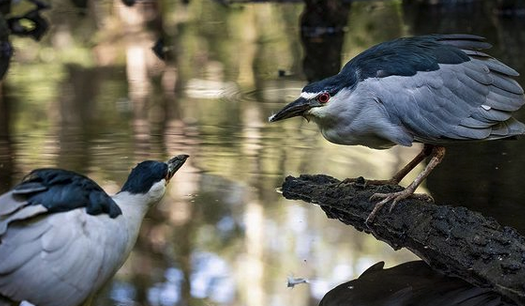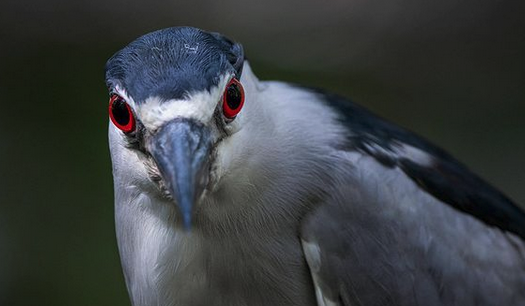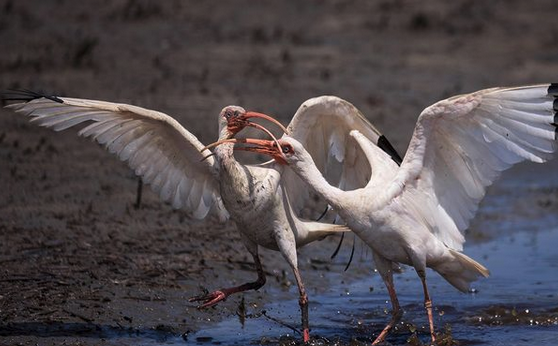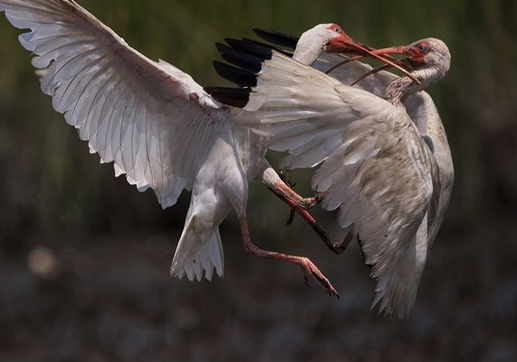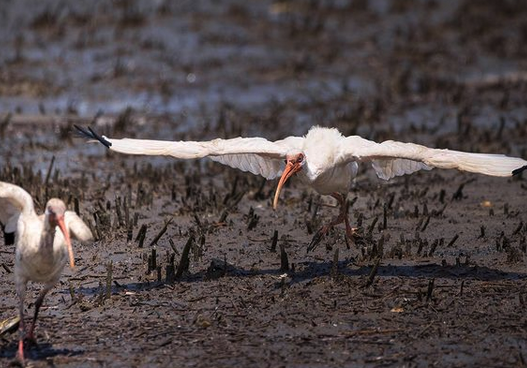Black crowned Night Herons are simply gorgeous creatures. I love the way those bright red eyes stand out from their charcoal and white plumage.
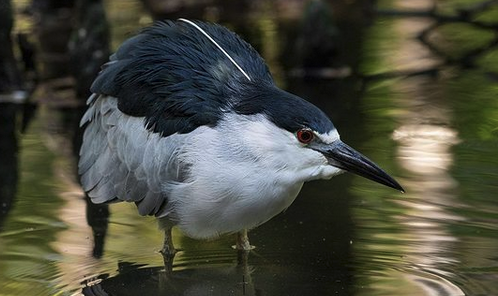
These lovely birds are found throughout the United States during the summer and are year round residents of North Carolina in our coastal counties.
North Carolina’s only true nocturnal Heron species, Black crowns are often spotted in marshy wetland areas hunting for a meal at dusk. They primarily dine on fish, frogs, small crustaceans and insects however they also eat carrion, small rodents and snakes. They’ll even raid the nests of other birds to eat the eggs if the opportunity arises.
Look for Black crowned Night Herons around ponds and marshes with a heavily vegetated shoreline. The brush and trees provide the perfect cover for the birds to stalk their prey unseen as well as providing cover for roosting during the day.
They’ve got a distinctive raven-like croaking call so it’s worth listening for them in their preferred habitats too if you’d like to find one.
Photos & video by @sally_siko of @birdwatching_nc on the mighty mirrorless monster of a camera, the @canonusa
#R5


